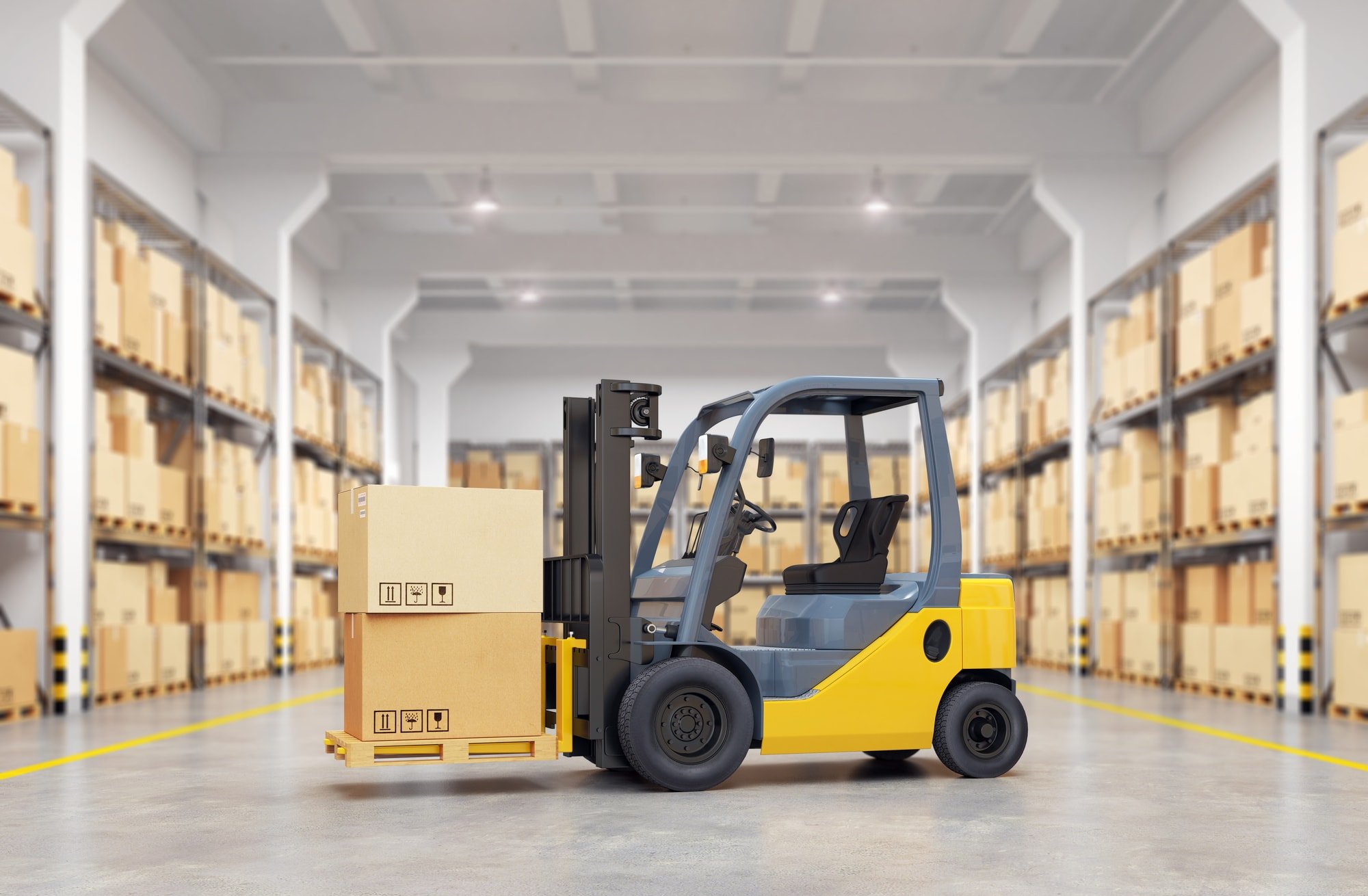Keeping your employees safe at work is important, for you and for them. Before you buy a forklift, make sure you understand the regulations behind them and what’s involved in forklift training.
Besides the things you might expect regarding safety practices, there are other less intuitive regulations to be aware of. Here are 5 vital forklift regulations to check out before you get started using forklifts in your place of business.
1. Legal Regulations
Did you know forklifts are governed by the law? Even though they aren’t vehicles that usually drive on the road, there are several bits of legislation about them. While there are different types of forklifts, these legal regulations govern them all.
Even if there isn’t a specific law governing a certain use of a forklift, OSHA’s general duty clause covers the unspecified issues.
2. Truck Maintenance
It’s important to maintain the forklift so that you know it will operate the way it’s intended every time you climb inside to drive. In a forklift license course or forklift operator course, drivers will learn how to conduct an inspection before driving. They’ll also gain proper maintenance skills to keep the forklift in working order.
Testing brakes, horn, and the steering wheel is a must. Drivers should also check fluid levels and front forks for leaks and cracks.
3. Operators
Whoever’s operating a forklift in your facility has to be properly trained. They should wear safety gear and proper clothing, along with completing OSHA forklift training classes. They’ll cover things like how to operate the truck, as well as fall protection and other important skills.
Forklift drivers must have instruction in the classroom, like lectures and training material. They also have to have practice driving a forklift and practical instruction about the machine’s operation. At the end of every training program, forklift trainees will take a test to prove their knowledge.
4. Hazards On the Job
Any job has hazards, but forklift drivers must be especially careful because of the machinery they’re operating. The hazards are many, including items overhead falling, obstacles while driving, and other issues. Driving too fast could make the lift truck tip, and so can unbalanced loads.
Before someone can operate a forklift, they need to know the hazards and have the skills to avoid them.
5. Other Forklift Regulations
Besides the above regulations, there are other rules. For example, forklifts should never take passengers for a ride or allow other people to climb on them. Drivers should also keep all parts of their bodies inside the driving compartment so they don’t get hurt.
Drivers shouldn’t ever smoke or have open flames near a forklift. They should also drive carefully and avoid situations where a person could get caught between the forklift and an object.
Safe and Proper Workplaces
When you’re aware of forklift regulations like these 5 and others, you’ll be able to properly train your employees. Maintain a safe workspace for them and keep things running smoothly.
Contact Superior Industrial Products today for help with all your forklift needs.

